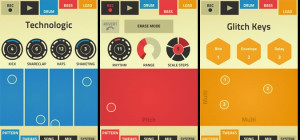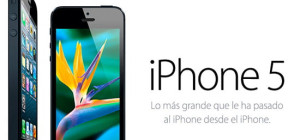 Smartphones have become more than just portable telephones; to many of us they are now personal planners, address books, micro-tablets with anywhere, anytime internet access, and even hold our photo albums and music collections in some cases.
Smartphones have become more than just portable telephones; to many of us they are now personal planners, address books, micro-tablets with anywhere, anytime internet access, and even hold our photo albums and music collections in some cases.
You can see people checking their business emails, taking down notes, recording voice memos and, on increasingly rare occasions, you might actually see someone make a call using their phone.
Contracts incorporate free minutes of talk time, free text messages and free megabytes of data downloads-and with premium downloadable content, paid-for apps, multimedia messaging and so on, there are plenty of ways to go beyond the confines of your contract.
So what is it that keeps our appetite for old mobile phone recycling so voracious? Why don’t we find one make or model and stick with it until it breaks completely?
The answer is simply that technology progresses-and you only have to look at the market leader, and one of the relative newcomers, for examples of just how fast smartphones are evolving.
 Apple’s iPhone has dominated the market for several years, but has gone through plenty of changes in that time.
Apple’s iPhone has dominated the market for several years, but has gone through plenty of changes in that time.
The first generation was launched back in 2007, and development has continued at a brisk pace ever since. In summer 2008 the iPhone 3G was launched, followed a year later by the iPhone 3GS.
The iPhone 4 and 4S followed in summer 2010 and autumn 2011, while the iPhone 5 appeared in autumn 2012, less than a year after the death of Apple’s innovator and brand guru, Steve Jobs.
Over at Nokia, long-time leaders of the mobile phone market, smartphones have always stayed exclusively out of reach of the formerly dominant brand, but the recent introduction of the Nokia Lumia range has been well received by critics.
The first generation of Nokia Lumia consisted of two models, the high-end Lumia 800 and the more affordable Lumia 710, the latter available to UK customers from early 2012.
Two more models were launched in April 2012-the high-end Lumia 900 and, again, a more affordable alternative, the Lumia 610.
A third release, comprising the Lumia 510, added to the line-up’s entry-level options in late 2012, but it was the second generation of Nokia Lumia phones, launched around the same time, that really made headlines for the manufacturer as the first of its phones to run the Windows Phone 8 operating system.
Nokia are far from reclaiming their position as market leaders, but the Lumia range has been generally well received; and for every person who upgrades to a new model, there’s usually an older phone that needs disposing of, but which might still have plenty of life left in it.
This is where the second-hand market really comes from; still-desirable smartphones that, for their current owner, no longer serve their needs. And as more generations of the market’s most popular handsets continue to hit the stands, the previously owned secondary market should continue to thrive too.
Mary James is a technology enthusiast with a passion for tracing the timelines of evolving gadgets, and the development of methods like mobile phone recycling that help consumers to keep pace with the market.


![Top Smartphones in 2014 [Video Reviews]](https://lerablog.org/wp-content/plugins/wp-thumbie/timthumb.php?src=http://lerablog.org/wp-content/uploads/2014/05/samsung-galaxy-s-5-300x300.jpg&w=300&h=140&zc=1)




